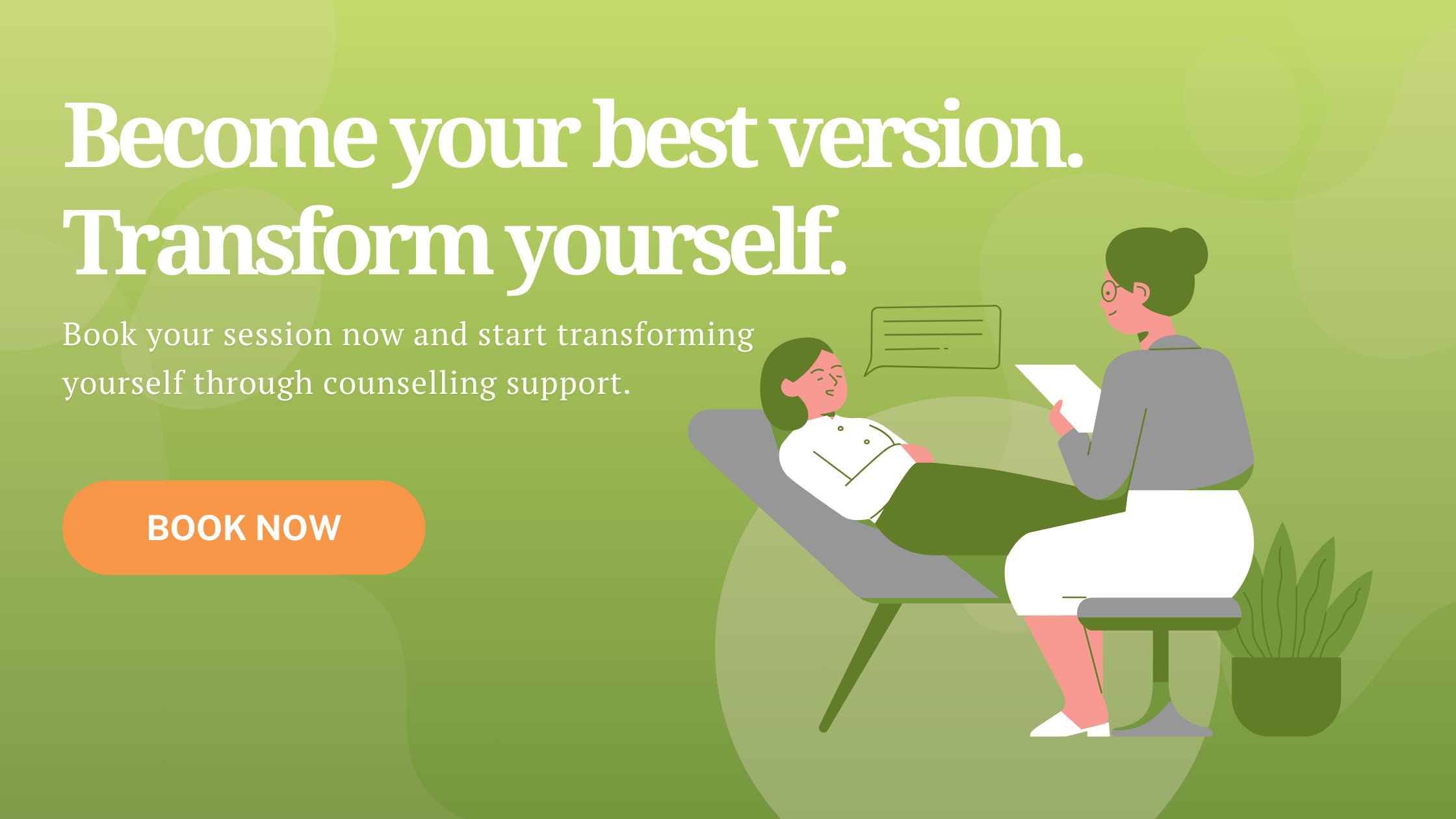
Changing seasons can be beautiful, but they don’t delight everyone. If you find your moods falling as fast as the thermometer during winter, you are not alone. Seasonal changes can also bring change to the whole sense of our well-being. While some welcome the changing leaves of the fall and fresh show of the winter, others may find themselves having difficulties to get up in the morning or to concentrate, feeling lethargic, unmotivated, or sad. We refer to this later, less pleasant group of feelings that many people experience during colder months, as winter blues.
Winter blues are fairly common – about 15% of Canadians report that they experience mild changes in their mood, energy levels, alertness, and appetite during fall and winter. So why is this happening?
When Winter Blues Join Coronavirus Pandemic
During the winter, as we all know, days become colder, shorter, and darker, and we spend much more time inside. The lack of daily sunlight can throw off your circadian rhythm. This can cause your brain to produce too much of the sleep hormone melatonin and to release less serotonin, the feel-good brain chemical that affects your mood. With winter approaching and us spending more and more time indoors due to the coronavirus pandemic, the result can be a chemical imbalance in our brains that makes us feel low and sluggish.
Even before the winter weather arrived, we were already experiencing a lot of stress, anxiety, and emotional loss this year. Coronavirus pandemic left a bitter taste of resentment and exhaustion that we’re still experiencing. The negative effects are now maybe even more prominent than in the first wave. Holidays are canceled and, due to our global responsibility to keep ourselves and others safe, we can’t cheerfully reunite with friends and family to celebrate. Many are struggling with routine and the lack of energy, with loneliness and feelings of isolation, disturbed sleeping patterns, with worry about the future. Our brains have been on high alert for months, and we are drained. This is why winter blues can be amplified this winter season – our coping mechanisms and emotional resilience are wearing thin and it’s becoming more challenging to lift our moods, which is especially needed during the cold season.
Even though times are difficult – after all, pandemic fatigue joined winter blues, and that’s not an easy enemy to battle – we can still do many things to lift our moods and energy levels while staying safe. Here are some suggestions on how to combat the winter blues amid the pandemic.
1. Go outside
The fresh air and the light of the day can greatly increase your mood and energy.
One of the most common, and most significant, causes of winter blues is the lack of sunlight. It can mess with our biorhythm and disturb the normal production of chemicals in our brains that are in charge of our sleeping patterns and mood regulation. Talking yourself into taking a walk when it’s freezing outside can be hard, but the benefits are tremendous. Research shows that just a 20-minute walk every day can have a profound positive impact on our brains, helping us reduce symptoms of depression, and anxiety, and increase attention capacity and focus. Even just spending some time on your balcony or in your backyard and soaking up the winter sun can be helpful.
2. Get Moving
Motivation follows activation. Lift those endorphins up.
When we are feeling mentally tired, we don’t feel motivated to take action. However, ironically, what can help us feel better and increase our motivation is – action. Action often comes before motivation. Engaging in an activity can help us take a different perspective, think more clearly, give us a sense of achievement and, from all that, improve our mood and increase our energy. So it often works kind of in a reverse direction.
Additionally, the positive effects of regular exercise on our mental health are so large, that it has become a very common part of treatment for depression and anxiety. Exercise reduces symptoms of depression due to the increased release of endorphin, a brain chemical related to positive mood, increased energy, and an overall enhanced sense of well-being. Therefore, including any physical activity that you like in your daily routine is something that can be effective in decreasing the effects of winter blues.
3. Connect with others
In a time when avoiding contact is crucial, staying connected is priceless.
Loneliness and isolation tend to make the effects of the winter blues worse. In our efforts to physically distance ourselves during the pandemic, we have to put our usual ways of socializing on pause. However, maintaining our relationships, even through virtual methods, is essential for our mental health. Social support is one of the best buffers for different mood problems, depression in particular. Technology brought so many wonderful opportunities to stay in touch with our loved ones and nurture our relationships. Social networks, video calls, different messaging apps, regular phone calls – whatever virtual platform you feel most comfortable with – are all great ways to connect, share support, or just get the basic social contact we all, as humans, need for optimal functioning.
4. Try light therapy
A special artificial light could compensate for the lack of sun during the winter.
Light therapy is a standard treatment for Seasonal Affective Disorder, and it is very effective in reducing the symptoms. It works by balancing out your circadian rhythm and increasing serotonin. If your winter blues are persistent, and especially if you are not able to spend time outside, you may want to consult your therapist and invest in a full-spectrum light box specially designed for this treatment.
Winter Blues vs. Seasonal Affective Disorder
Although you may feel more unhappy than usual, the winter blues usually do not drastically affect your ability to enjoy life or cope with everyday challenges. On the other hand, if depressive symptoms are more severe, lasting for at least two weeks and seriously disrupting one or more areas of life – from work to personal relationships – we are talking about Seasonal Affective Disorder (SAD). It is a subtype of major depression that usually appears and ends at about the same time every year. While winter blues can be banished on your own with some changes in your routine and habits, SAD is a serious condition that requires professional treatment. A combination of light therapy, counseling, and sometimes medication is shown to be effective in treating this condition.
If you are struggling to cope, please don’t hesitate to ask for help.
What do you do to brighten your mood and feel more energized during these cold months? Share your tips with us!
Are you interested in learning more about coaching or therapy? Contact us today.
Sources:
Craft, L. L., & Perna, F. M. (2004). The Benefits of Exercise for the Clinically Depressed. Primary care companion to the Journal of clinical psychiatry, 6(3), 104–111.
Melrose, S. (2015). Seasonal affective disorder: an overview of assessment and treatment approaches. Depression research and treatment, 2015.
Xiong, J., Lipsitz, O., Nasri, F., Lui, L. M., Gill, H., Phan, L., … & McIntyre, R. S. (2020). Impact of COVID-19 pandemic on mental health in the general population: A systematic review. Journal of affective disorders.



